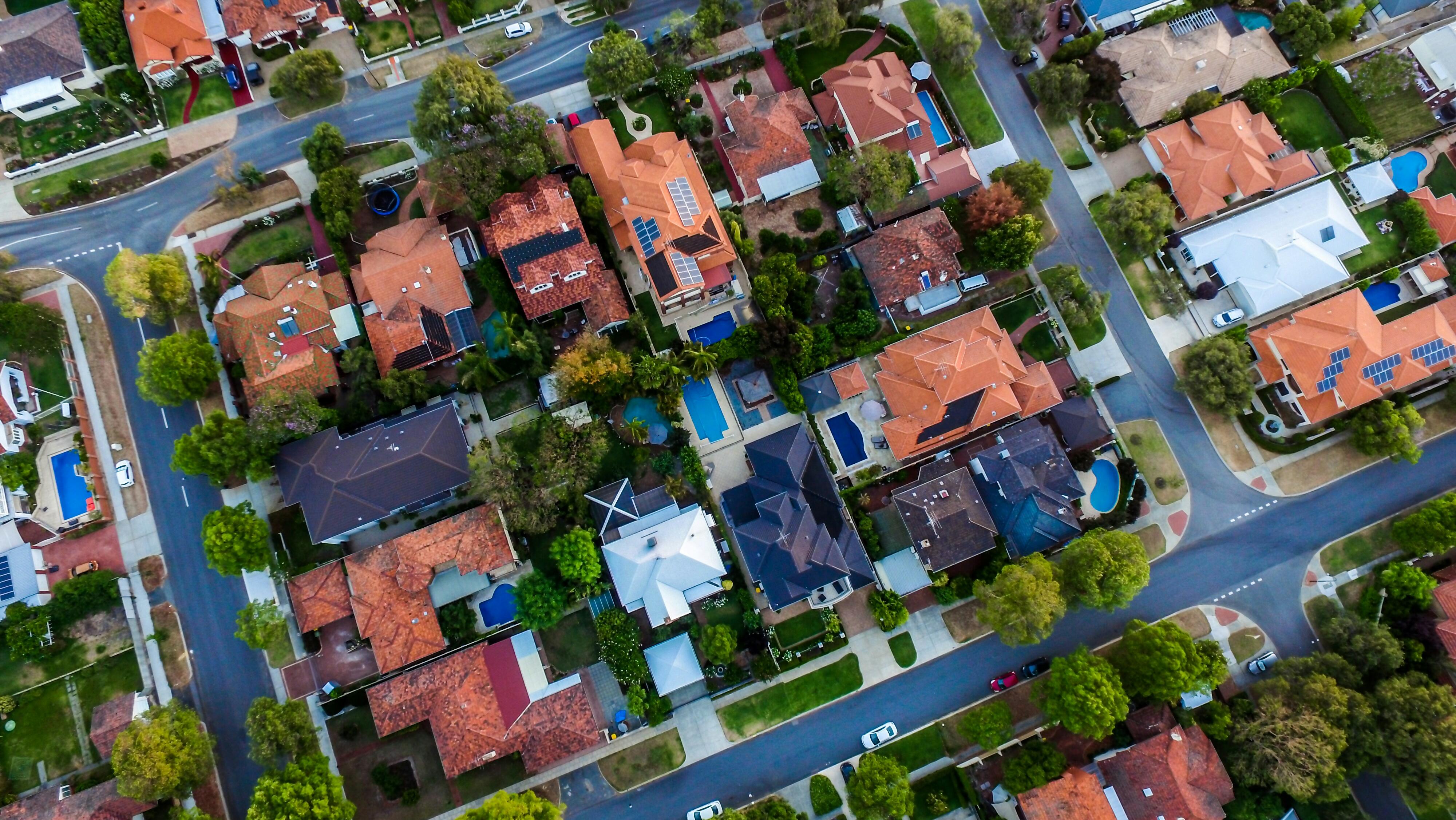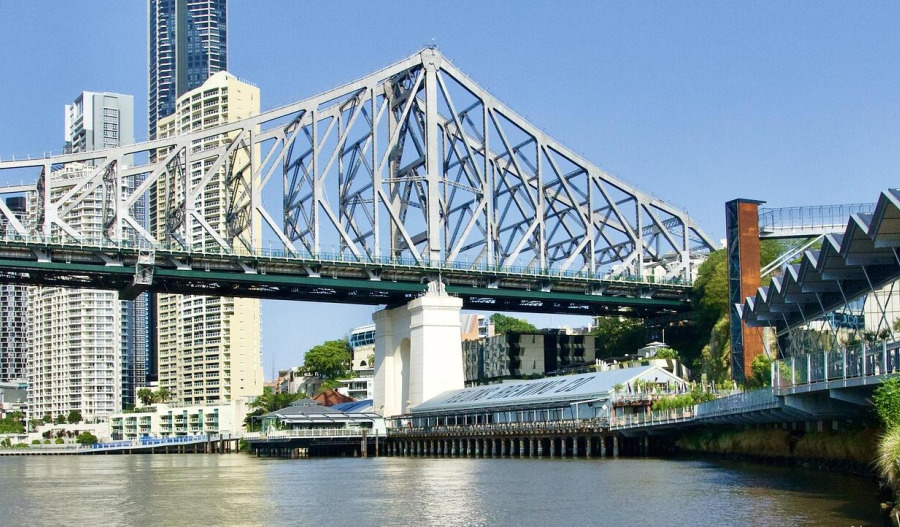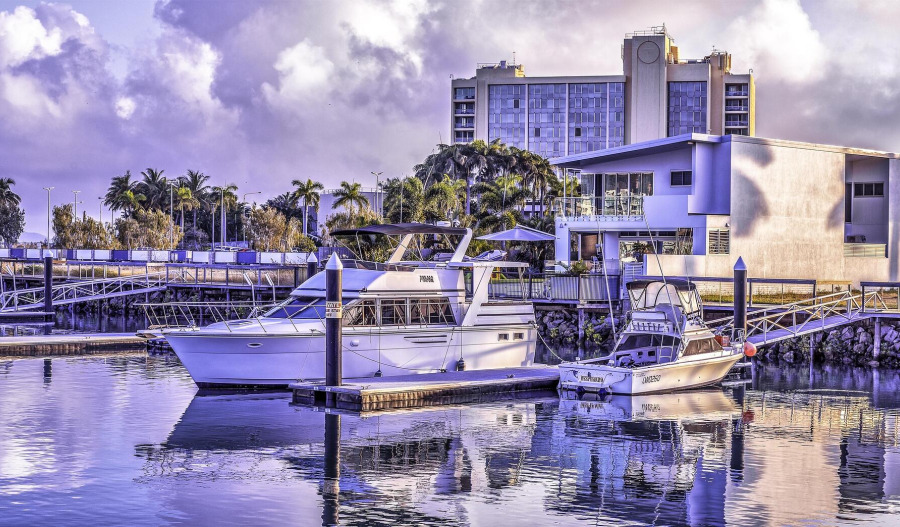Rental price increases in Australia saw a slowdown last quarter, with their lowest second-quarter increase since 2020 nationally.
After shifting higher through the busy first quarter by 1.7%, Cotaility found that the change in national rental values is once again trending lower, with rents up by just 1.3% in the three months to June.
The 2024-25 financial year also saw a slowdown in rental price increases, with a rise of just 3.4%, the lowest since the 12 months to February 2021, where there was a 3% rise.
At the median level, that is equivalent to a A$22 per week or A$1,134 per year increase in rents.
Cotality economists, Kaytlin Ezzy said the recent moderation in rent happened despite the remaining rental supply being exceptionally low.
She said that over the four weeks leading to 29 June, Cotality observed 100,000 rental listings, and roughly 23% were below the previous five-year average or around 29,000 fewer listings than are normally observed at this time of year.
“The shortfall in rental listings has seen the national vacancy rate slip to 1.6% in June, only slightly above the record lows seen in early 2024 (1.5%), and less than half the pre-COVID decade average of 3.3%,” she said.
“The slowdown in rental growth instead continues to be driven by a tempering in demand, with the normalisation of net overseas migration and a rise in average household size helping to dampen rental demand.”
Ezzy pointed out that the rising rental prices have not been welcome news to many tenants.
Over the past five years, rents have increased by 42.7%, equating to a rise of around A$200 to A$665 per week. Annualised out this is around A$10,350 per year spent on rent.
“Considering wages, as measured by the ABS wage price index, are up less than half this rate (15.8%) over the five years to March 2025, it’s no wonder household formation trends are skewing larger as a way of spreading out the additional rental cost.”
Sydney maintained its position as the most expensive city to rent in, with a median rental value of A$796 per week.
Perth took out the second place with a median price of A$721 per week. Brisbane overtook Canberra for third place with median prices of A$687 and A$677 per week, respectively.
Changes in the leaderboard for the most expensive city have been driven by varied rent conditions, according to Ezzy.
“Just under three years ago, Canberra held the title for the country’s most expensive city to rent in, but weaker growth conditions, and a compositional shift towards units, have seen the national capital land firmly in the middle of the pack.”
Melbourne maintains its position as the second most affordable capital with a median of A$613 per week, while Hobart remains the only capital with a median below A$600 at A$581 per week.
Combined regions had stronger growth compared to the capitals, with growth of 1.5% over the quarter and 5.3% over the year, compared to the capitals' rise of 1.3% quarterly and 2.7% annually.
According to independent economist, Saul Eslake, the lower rental prices could lead to a reduction in inflation and would support a case for an August Reserve Bank interest rate cut.
"Rents have been one of the most significant contributors to inflation, and in particular to services inflation, over the past five years," he told ABC.
“So, evidence that rent inflation is declining is much to be welcomed as pointing to improved prospects of inflation staying within the RBA's 2 to 3 per cent target band, and hence increasing the prospects of further reductions in interest rates.”



